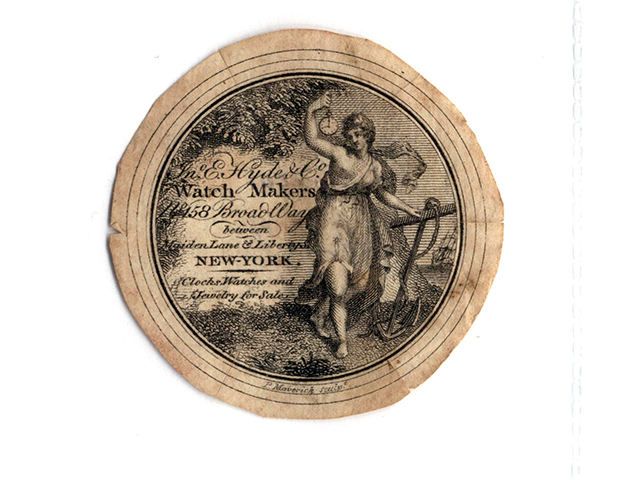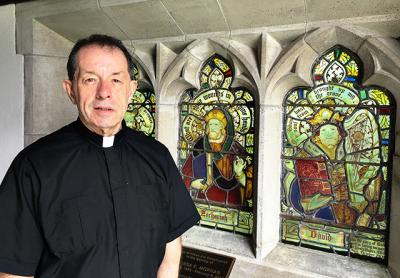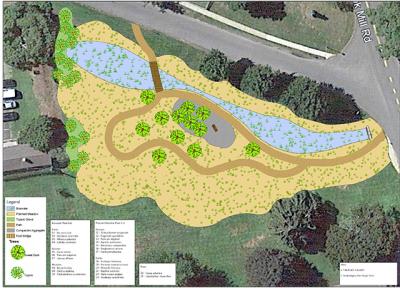Cadillac of Removal Methods
Cadillac of Removal Methods
Seeking to remove phragmites, an invasive plant, from a section of Georgica Pond, the owner of a pond-front residence at 94 Apaquogue Road asked the East Hampton Village Zoning Board of Appeals on Friday for a freshwater wetlands permit. The owner, David Gallo, was represented at the meeting by Charles Bowman of Land Use Ecological Services, a company that oversees wetland restorations.
Mr. Bowman said the excavation of the phragmites would take place in nearly 6,600 square feet of wetlands, where an effort to remove them by cutting already has been approved by the village and the State Department of Environmental Conservation.
That approach, Mr. Bowman said, “has not been successful at all.” The remaining options, he said, were to either leave the phragmites alone or to excavate the roots. Fresh soil and native emergent plants would be added to the site once the phragmites were removed.
Mr. Bowman said Mr. Gallo would pay the estimated $250,000 to $300,000 the project would cost. He noted that while removing the phragmites would restore the view from Mr. Gallo’s property, it also would be beneficial to the pond’s habitat. A 25-foot upland buffer would be included to prevent runoff from the residence.
Billy Hajek, the village planner and member of East Hampton Town’s water quality technical advisory committee, was not at the meeting, but his recommendations were relayed by Frank Newbold, the Z.B.A. chairman. They include using a different species of grass rather than red fescue in the buffer and installing native shrubs to mark the line where the lawn ends and the buffer begins. “We’ve had a problem in the past where the line was unclear and an overzealous landscaper crossed the line inadvertently,” Mr. Newbold said.
The applicant has a permit for the excavation from the D.E.C., but Mr. Newbold said he still needed one from the East Hampton Town Trustees.
Later in the meeting, Jim Grimes, one of the trustees, called the excavation process Mr. Bowman outlined “the Cadillac of removal methods.” However, he said the 25-foot buffer was negligible as a mitigating factor for runoff, and he recommended a 50-foot buffer. Mr. Grimes pointed out that the village has jurisdiction over property within 125 feet of the wetland. Directly addressing Mr. Bowman, he said, “If you want to put an application in to leave that 125 feet of jurisdictional area un-irrigated and mow it no more than once or twice a year, I think the trustees would stand behind that 100 percent.” Otherwise, Mr. Grimes said he did not think the project would have “any real measurable positive impact on the pond.”
Mr. Newbold asked the applicant to discuss a new revegetation strategy and plan for the buffer with Mr. Hajek. The board will take the matter up again on Oct. 12.
In other action, six decisions were announced on applications from three of the village’s most well-known summer residents.
Howard Schultz, executive chairman of the Starbucks coffee chain, and his wife, Sheri Kersch-Schultz, whose property is at 14 Gracie Lane, were granted a coastal erosion hazard area variance to allow reconstruction of a swimming pool and spa with alterations, as well as a variance allowing the pool to fall 2.5 feet within the side-yard setback.
David Geffen, the music and film executive, also was granted a coastal erosion hazard area variance, this one to construct an approximately 200-foot-long stone revetment at 199 Lily Pond Lane. An existing revetment was already deteriorating when Mr. Geffen acquired the property two years ago, and it is now exposed and collapsing. The reconstructed revetment will be between existing revetments on adjacent oceanfront properties. The variance was granted on the condition that the village engineer and code enforcement officer inspect the property once the site has been excavated, that only beach-compatible sand is used for any backfill, and that a revegetation protocol is followed.
Carl Icahn, the investor and philanthropist, was granted variances to permit 13,440 square feet of coverage at 131 Lily Pond Lane, where the maximum under the code is 11,212 square feet and the pre-existing, nonconforming coverage is 12,535 square feet. The variance provides for a shed, patios, and a generator, and permits the generator and a shed to remain within the front-yard setback.
A coverage variance was also granted to Brian Bigos at 20 Stratton Square to permit a swimming pool 7 feet from the rear-yard lot line where a 20-foot setback is required. Mr. Bigos’s lot is only two-tenths of an acre and abuts vacant land to the southeast and a parking lot to the southwest. The sole adjacent neighbor submitted a letter supporting his application.
The board also granted variances to David and Georgia Benevides to install a pool house with a powder room in a pre-existing nonconforming garage that falls within the side and rear-yard setbacks at 75 Mill Hill Lane. Permission was conditioned on the installation of a six-foot-high stockade fence along sections of the property line. A swimming pool shown on plans the couple had submitted drew complaints from two neighbors, but the complaints apparently were resolved by the fence.
Francois Simard of 116 Pantigo Road was granted variances to allow swimming pool equipment to remain 2.9 feet within the side-yard lot line and an eight-foot-high gate to be installed where the maximum height permitted is six feet.
With Reporting by Christopher Walsh




